In Singapore’s fast-paced lifestyle, many homeowners rely on part-time maids to maintain the cleanliness and comfort of their homes. However, as climate awareness grows, so does the demand for environmentally friendly cleaning services.
Eco-friendly part-time maids are now reshaping what it means to keep your home clean. Instead of relying on harsh chemicals or excessive water use, these helpers are trained to clean with sustainability in mind.
This article examines the operations of green part-time maids, the products they use, and why switching to eco-friendly cleaning might be the best decision for your home, health, and the planet.
- What Is Green Cleaning?
- Why Green Cleaning Matters in Singapore
- How Eco-Friendly Part-Time Maids Operate
- Benefits of Hiring an Eco-Friendly Maid in Singapore
- What to Look For When Hiring a Green Part-Time Maid
- How Much Do Eco-Friendly Part-Time Maids Cost?
What Is Green Cleaning?
Green cleaning refers to using cleaning products and methods that are safe for humans, pets, and the environment. This means:
- Non-toxic, biodegradable cleaning products
- Microfibre cloths instead of disposable wipes
- Water-saving cleaning methods
- Minimal use of plastic
- Reduced carbon footprint through smarter cleaning practices
For many part-time maids in Singapore, adopting green cleaning practices is no longer a trend, it’s part of their professional offering.
Why Green Cleaning Matters in Singapore
Singapore is compact, humid, and highly urbanised. This results in daily exposure to pollutants, allergens, and waste buildup in high-rise homes. Regular cleaning is essential, but how we clean matters.
Traditional chemical cleaners often contain volatile organic compounds (VOCs) that irritate the eyes, lungs, and skin. Over time, these compounds accumulate in enclosed spaces, such as HDB flats or condominiums.
Eco-friendly cleaning provides a safer alternative, especially for households with young children, pets, or individuals with allergies.
How Eco-Friendly Part-Time Maids Operate
1. Using Non-Toxic Cleaning Products
One of the main differences lies in product selection. Green maids use natural solutions, such as vinegar, baking soda, lemon juice, and enzyme-based sprays, instead of ammonia or bleach.
Many will also bring eco-certified commercial cleaners (e.g. Ecover, Method, or Seventh Generation) if clients don’t already have them at home.
These products are just as effective in removing dirt, grease, and grime—but without polluting the air or water.
2. Efficient Use of Water
Water conservation is a growing priority in Singapore, and green cleaners are trained to avoid excessive rinsing or mopping. Instead, they use damp microfibre cloths, spray mists, or targeted spot-cleaning to get the job done.
This method is especially handy for cleaning parquet or vinyl flooring, where over-washing may damage the surface.
3. Minimal Waste, More Reusables
Green part-time maids minimise waste by swapping out single-use paper towels or plastic wipes for washable cloths and scrubbers.
Some may even carry reusable gloves, mop pads, and containers to reduce plastic packaging. This reduces household waste and aligns with Singapore’s Zero Waste Masterplan.
4. Using HEPA Filter Vacuum Cleaners
If vacuuming is part of the service, eco-conscious maids often opt for vacuum cleaners with HEPA filters. These are designed to trap fine particles, such as dust mites, pet dander, and pollen… perfect for individuals with allergies!
While some clients provide their vacuum cleaners, experienced green maids may bring lightweight, energy-efficient units to each assignment.
5. Custom Cleaning Plans for Sensitive Households
Eco-friendly maids often tailor their cleaning based on who’s living in the house. For example:
- Homes with babies may require fragrance-free or food-safe cleaning sprays
- Households with pets may need natural flea-repelling surface wipes
- Clients with eczema or asthma may request low-dust or chemical-free routines
Green part-time maids are trained to accommodate these needs, often going the extra mile to keep every surface safe.
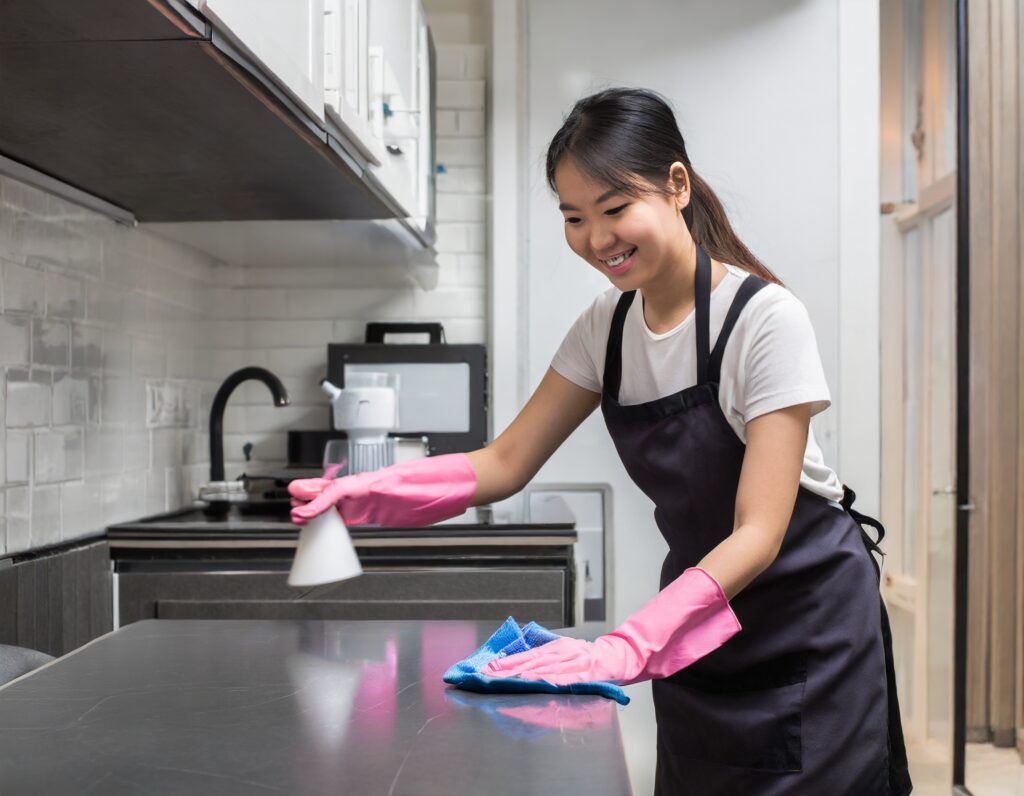
Benefits of Hiring an Eco-Friendly Maid in Singapore
- Better Indoor Air Quality
- Safe for Kids and Pets
- Sustainable Lifestyle
- No Nasty Smells
What to Look For When Hiring a Green Part-Time Maid
Not every cleaner who uses vinegar is necessarily certified as eco-friendly. Here’s what to ask before hiring:
- Do they bring their green supplies? If not, you may need to consider using eco-friendly products at home.
- Are they trained in green cleaning techniques? Ask about their process and what makes it environmentally friendly.
- Are they part of a recognised eco-cleaning platform? Some maid agencies or freelance platforms in Singapore now offer “eco cleaning” as a dedicated service.
- Can they customise for your home’s needs? A good green cleaner should be willing to adjust based on your health concerns, flooring type, or cleaning schedule.
How Much Do Eco-Friendly Part-Time Maids Cost?
Green cleaning services in Singapore typically cost slightly more than standard part-time maid rates.
- Standard hourly rate: $18–$25
- Eco-cleaning hourly rate: $22–$35
This extra cost usually covers specialised cleaning supplies, additional training, and the time needed for thorough cleaning. Some providers offer eco-cleaning as a premium add-on.
Final Thoughts
Eco-friendly part-time maids are more than just a trend in Singapore, they’re the future of home cleaning. With health-conscious homeowners and increasing environmental awareness, green maids offer a practical and sustainable way to keep your space spotless.


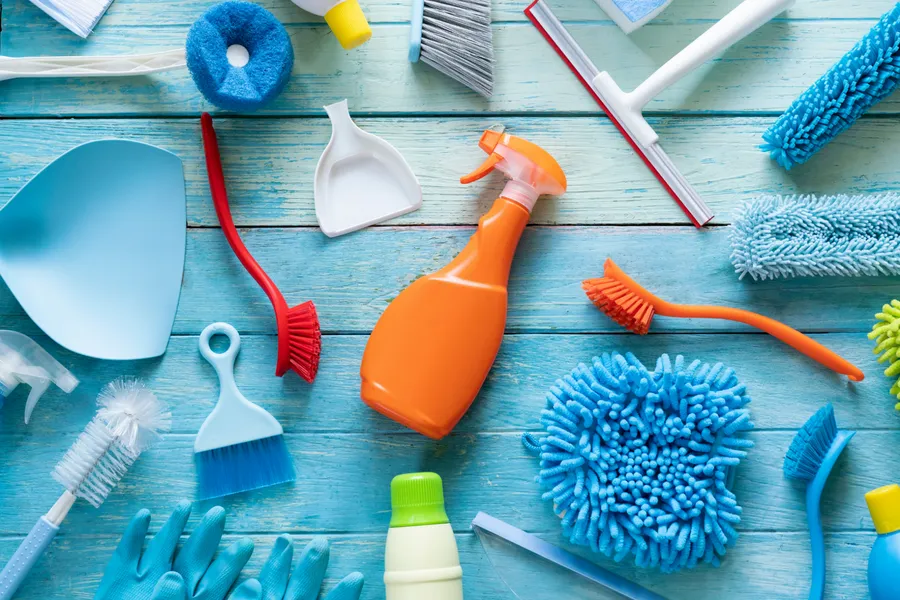

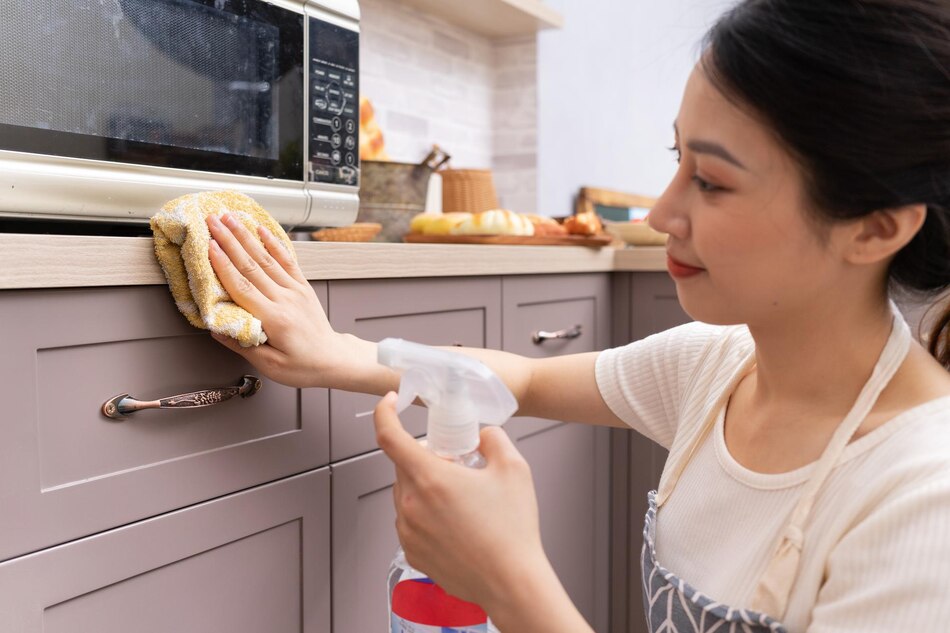




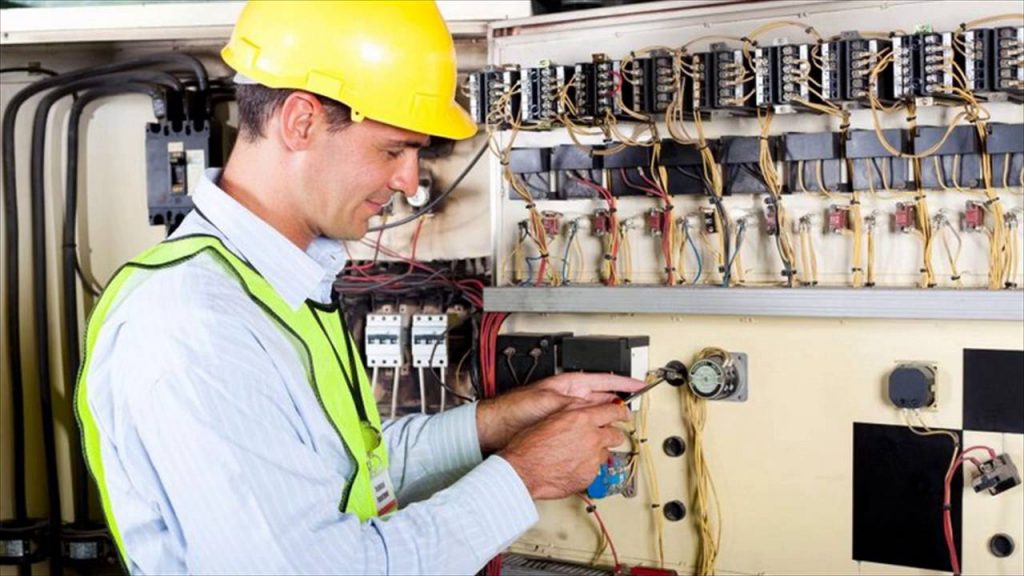

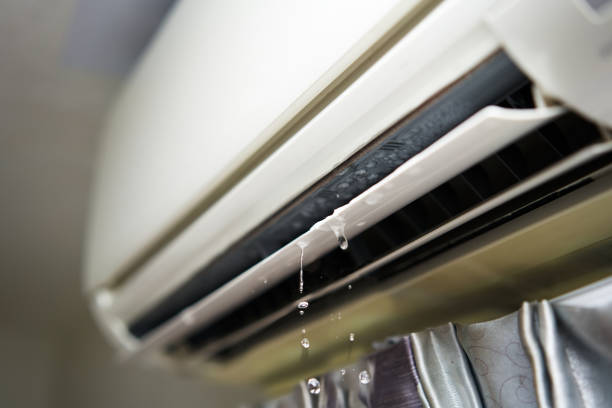
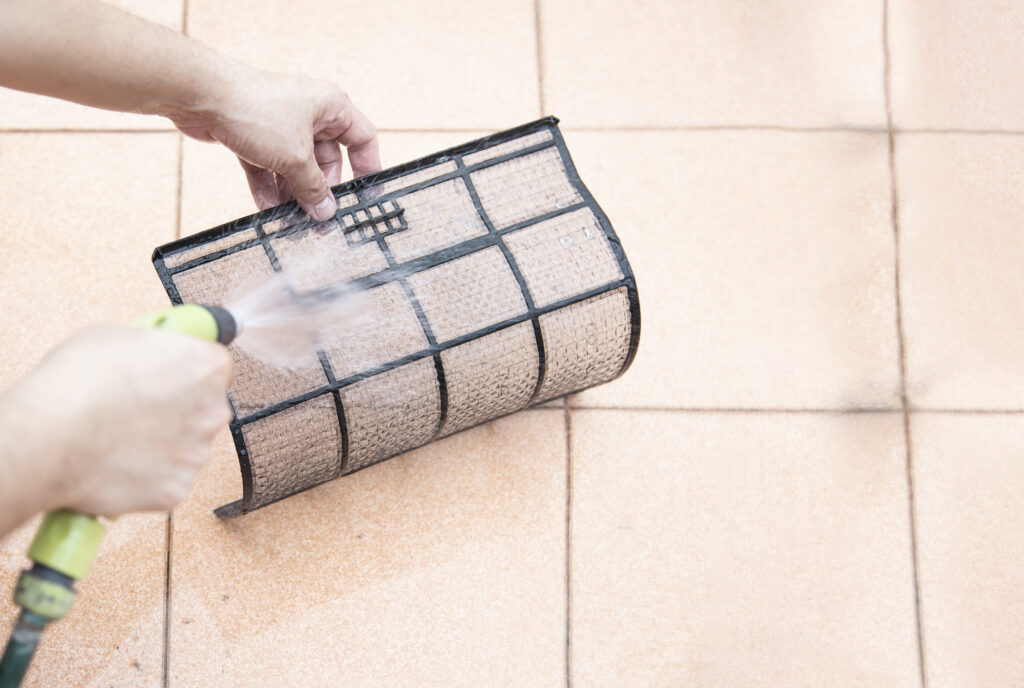
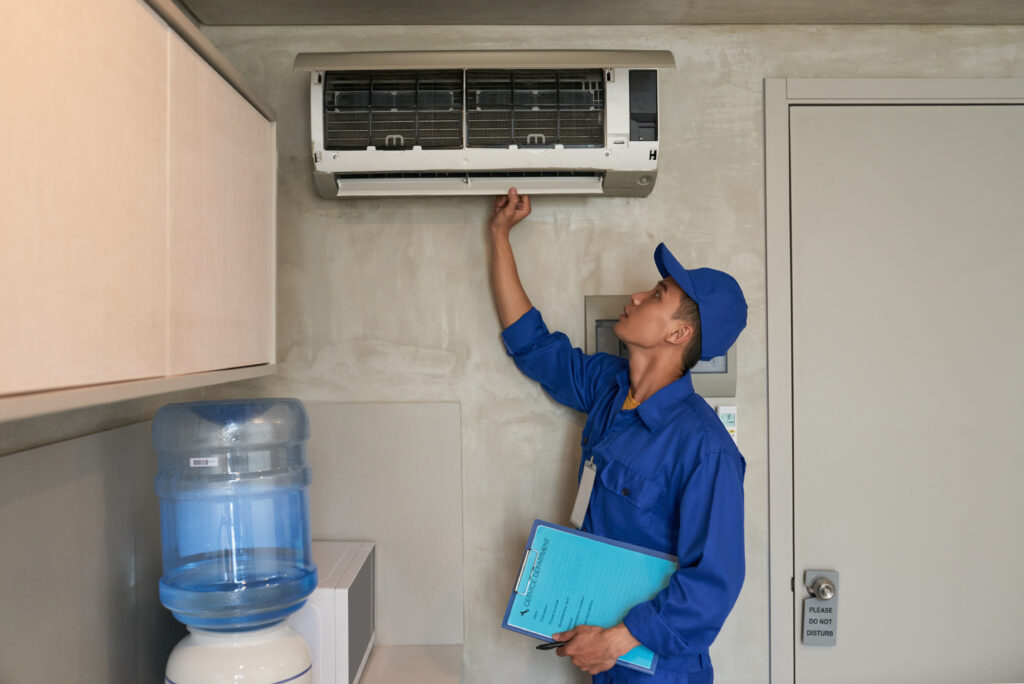


You must be logged in to post a comment.